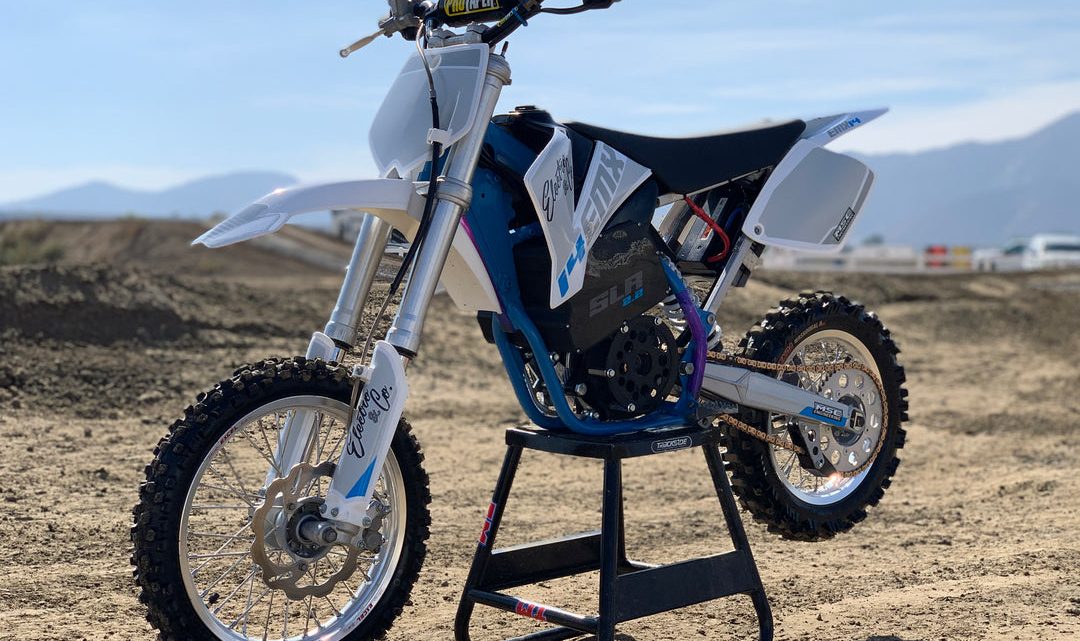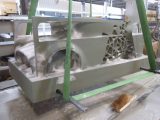
Electric Motorcycle Conversion Kits and DIY Guides: Turn Your Bike into an Eco-Friendly Beast
August 4, 2025Let’s be honest—gas prices are wild, and the hum of an engine isn’t as thrilling when you’re coughing up fumes. What if you could turn your old motorcycle into a silent, electric powerhouse? That’s where electric motorcycle conversion kits come in. No need to drop $20K on a new electric bike. With some elbow grease and the right guide, you can DIY your way to a cleaner ride.
Why Convert? The Case for Going Electric
Sure, buying a factory-made electric motorcycle is easier. But conversions? They’re cheaper, customizable, and oddly satisfying. Here’s why riders are swapping pistons for batteries:
- Cost savings—A decent kit runs $1,500–$5,000 versus $10,000+ for new electric bikes.
- Eco-cred—Zero emissions, no oil changes, and whisper-quiet rides.
- Nostalgia meets innovation—Keep your favorite bike’s frame but ditch the gas-guzzling guts.
- DIY pride—Nothing beats the bragging rights of saying, “Yeah, I built this.”
That said, it’s not all rainbows. Range anxiety and charging logistics are real hurdles. But with lithium-ion batteries getting better (and cheaper), the math’s leaning toward electric.
Electric Motorcycle Conversion Kits: What’s Inside?
Think of a conversion kit as a Lego set for grown-ups—except instead of a spaceship, you’re building a vehicle. Most kits include:
- Motor (hub motor or mid-drive)
- Battery pack (usually lithium-ion)
- Controller (the brain of the operation)
- Throttle (often twist-grip)
- Charger (because dead batteries are sad)
- Wiring harness (spaghetti of doom, but necessary)
Some kits throw in extras like regenerative braking or Bluetooth diagnostics. Fancy.
Hub Motor vs. Mid-Drive: Which One’s Right for You?
This is the big fork in the road. Here’s the breakdown:
| Hub Motor | Mid-Drive |
| Fits inside the wheel (front or rear) | Mounts near the bike’s crank |
| Simpler installation | Better weight distribution |
| Less efficient on hills | Uses the bike’s gears—great for torque |
| Cheaper | More expensive |
If you’re converting a cruiser for city commutes, a hub motor’s probably fine. But if you’re tackling mountains? Mid-drive’s your buddy.
The DIY Conversion Process: A Step-by-Step Snapshot
Okay, let’s get our hands dirty. Here’s the rough roadmap—every bike’s different, so treat this as a guideline, not gospel.
1. Strip Down the Gas-Powered Parts
Engine, fuel tank, exhaust—say goodbye. Keep the frame, suspension, and brakes (unless you’re upgrading those too). Pro tip: Label every bolt and hose. Future-you will weep with gratitude.
2. Mount the Electric Motor
Hub motors slide into the wheel (you’ll need to lace spokes if it’s a rim conversion). Mid-drives bolt onto the frame where the engine was. Either way, triple-check alignment. Vibrations are sneaky.
3. Install the Battery Pack
This is the heaviest part, so balance matters. Common spots:
- Where the fuel tank was (center of gravity win)
- Under the seat (if it fits)
- Side panniers (for long-range setups)
Secure it like it’s the last slice of pizza—no wobbles allowed.
4. Wire It Up
Connect the motor, battery, controller, and throttle. This is where diagrams become your best friend. Messy wiring = gremlins later. Use zip ties and conduit like a pro.
5. Test (and Pray)
Before you hit the road, test systems one by one. Lights? Check. Throttle response? Check. Brakes? Double-check. Start slow—like, “parking lot speed” slow.
Common Pitfalls—And How to Dodge Them
Even seasoned mechanics hit snags. Here’s what trips people up:
- Battery range optimism—Advertised specs assume perfect conditions. Subtract 10–20% for real-world use.
- Weight distribution—A top-heavy battery turns corners into panic attacks.
- Legal gray areas—Some states require inspections for DIY electric vehicles. Check local laws.
- Tool shortages—Ever tried removing a rusted bolt without a breaker bar? Don’t.
Oh, and patience. This isn’t a weekend project unless you’re a wizard with a soldering iron.
Is Converting Worth It? The Real Cost Breakdown
Let’s crunch numbers. A mid-tier kit runs ~$3,000. Add $500 for tools you might not own (torque wrench, crimpers, etc.). Compare that to a new electric motorcycle—even the “budget” ones start at $8,000.
But… if your time’s worth $50/hour and the project takes 40 hours? Suddenly, that $5,000 savings feels less juicy. It’s a labor of love.
The Future of DIY Electric Motorcycles
Battery tech is evolving fast. Solid-state batteries could make conversions lighter and cheaper. Meanwhile, cities are adding charging stations like Starbucks franchises. The golden age of electric tinkering? It’s just starting.
So, should you convert? If you love your bike, hate gas stations, and don’t mind getting grease under your nails—absolutely. Just don’t rush. After all, the best rides aren’t just built; they’re earned.





